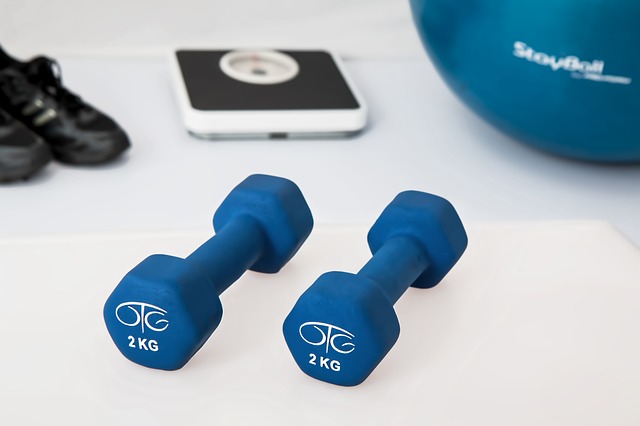Sleep apnea occurs when the throat muscles temporarily relax during sleep, causing partial or complete blockage of the airway. As a result, you might be waking up hundreds of times a night without even realizing it. This interrupted sleep and inadequate nighttime oxygenation can result in daytime sleepiness, headaches, mood swings and high blood pressure. But what can help is more exercise and less TV.
Physical activity’s role
Low levels of physical activity throughout the day–or increased sedentary behavior–may actually be linked to a higher risk of experiencing sleep apnea. What contributes to adverse effects often include excess body fat, chronic low level inflammation, insulin resistance and fluid retention. But being more active and spending less time sitting while watching TV are behaviors that have been linked to a lower risk of developing sleep apnea.
This physical activity can include walking, running, lap swimming and weightlifting. In fact, research has found that people who were less active were more likely to report sleep apnea. For example, sedentary jobs had a 49% higher risk of sleep apnea than those who had lower sedentary jobs.
Less time watching TV
It is time to watch less TV and movies, and get moving. Researchers have found that if you watch more than four hours of TV each day, you have a 78% higher risk of sleep apnea than in those with less sedentary lifestyles. That means it is time to get up off the couch and outside for some physical activity.
Contact Dr. Mayoor Patel at Craniofacial Pain & Dental Sleep Center of Georgia to learn more about how you can reduce your risk of sleep apnea. He can also help provide you with oral appliance therapy for treatment of sleep apnea.






